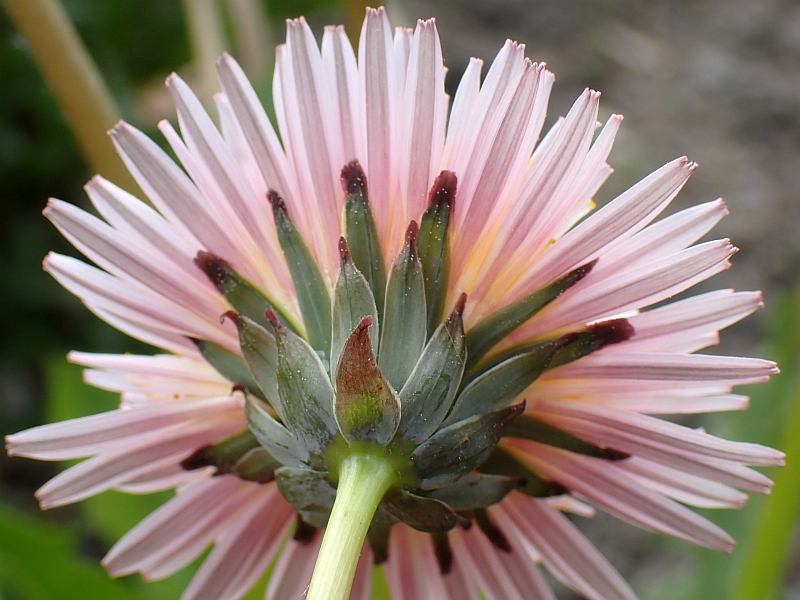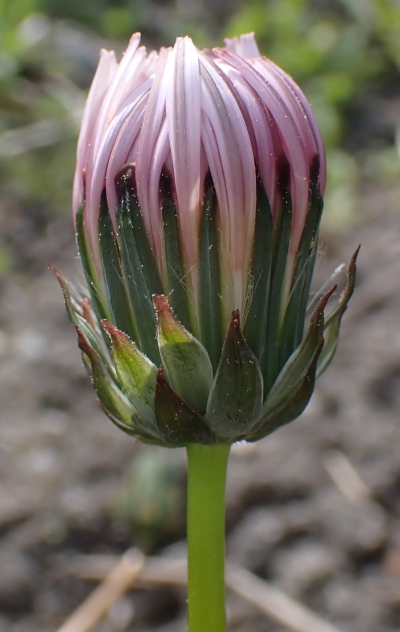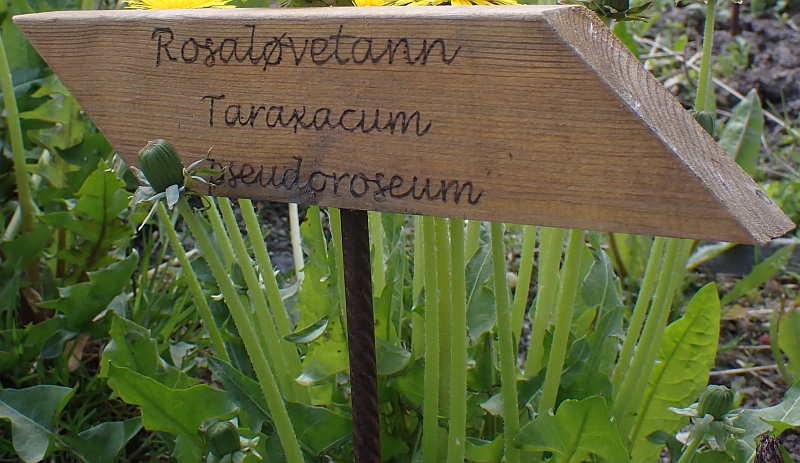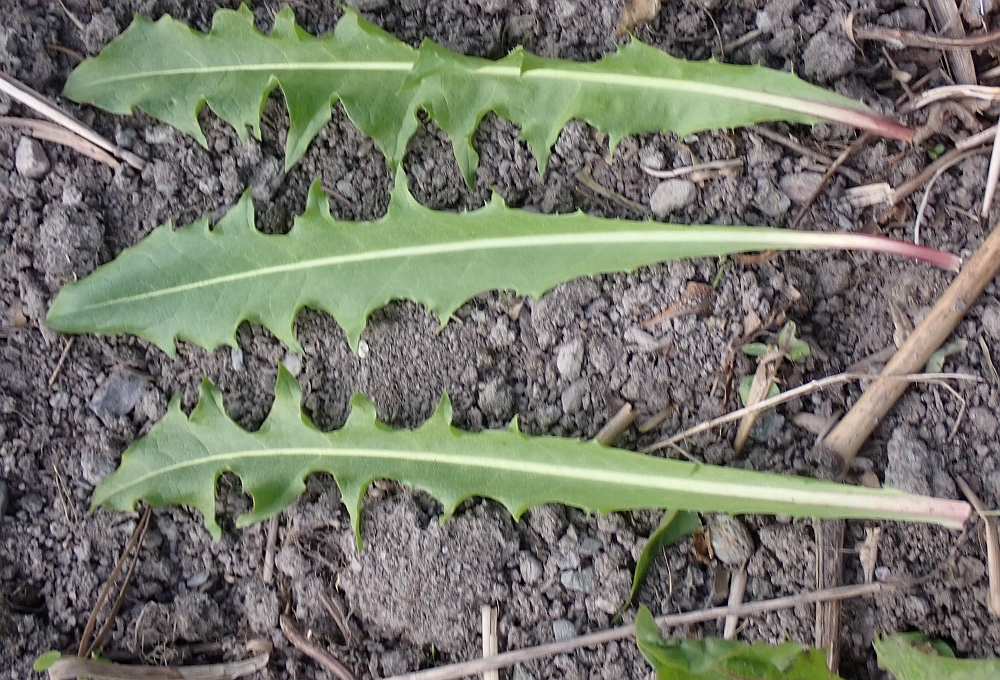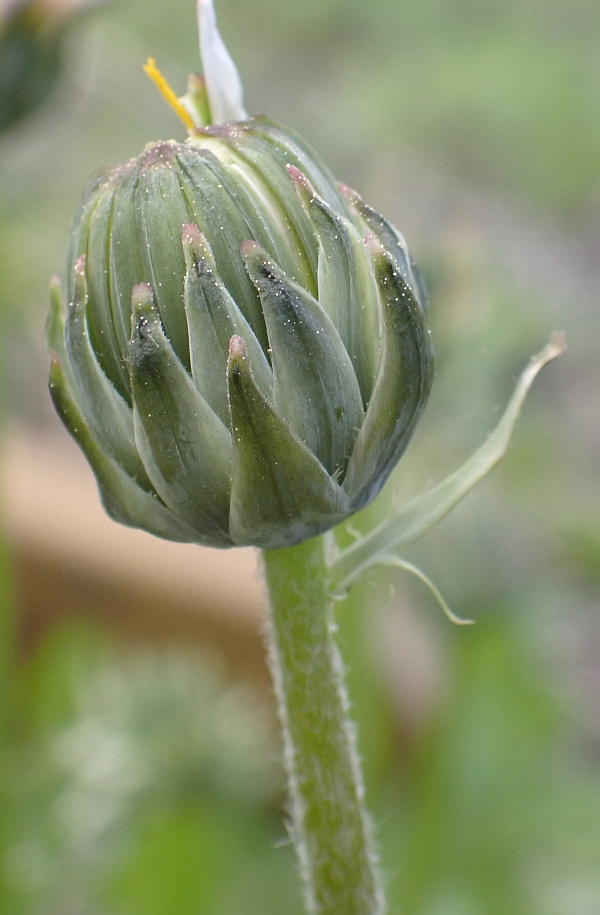I’ve been growing Siberian Ginseng / Russisk Rot (Eleutherococcus senticosus) since I was given a cutting in May 2010. Although flower buds appear each autumn, flowers have never opened here. Nevertheless, it doesn’t freeze back at all. In my extensive Japanese foraging book, Hamimoto’s Wild Food Lexicon, it states it flowers there in August, so I guess the late flowering here is a day-length sensitivity. I propagated it and have a clone now at the Væres Venners Community Garden which is a sunnier site and a few flowers have now opened at the end of October!
The translated by Google Lens entry in Hamimoto follows, hinting at overharvesting for medicinal purposes. Only the latter use is mentioned in Hu’s Food Plants of China, the stem and root used for tea. It states that it was introduced to the Arnold Arboretum in Boston, USA in 1872 and the original plant is still living in good condition (2005). Is it still there?
Eleutherococcus (Acanthopanax senticosus):
A deciduous shrub 2-4m tall. The branches and petioles are covered with soft, downward-pointing spines. The spines are thin and densely distributed lower down the trunk, thicker and more sparsely distributed in the middle, and often absent higher up. It is believed that the plant grows its finely arranged spines as a defense against small animals like rabbits, and then thickens and sharpens its spines to protect itself from Hokkaido deer and Japanese serows. Flowers bloom in August and are dioecious. The slightly liquid drupes appear in late September. Young shoots and leaves are great for tempura. The liquid drupes and branches can be used to make a spicy liqueur, but they are best left alone to protect the environment.
Found also in Sakhalin, the Amur region, China, and Korea. Dug for medicinal purposes, populations are small.

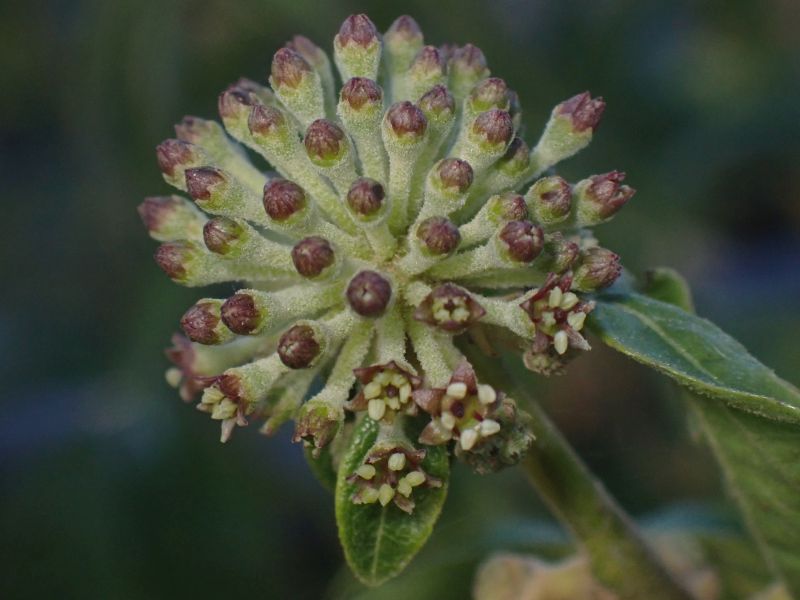








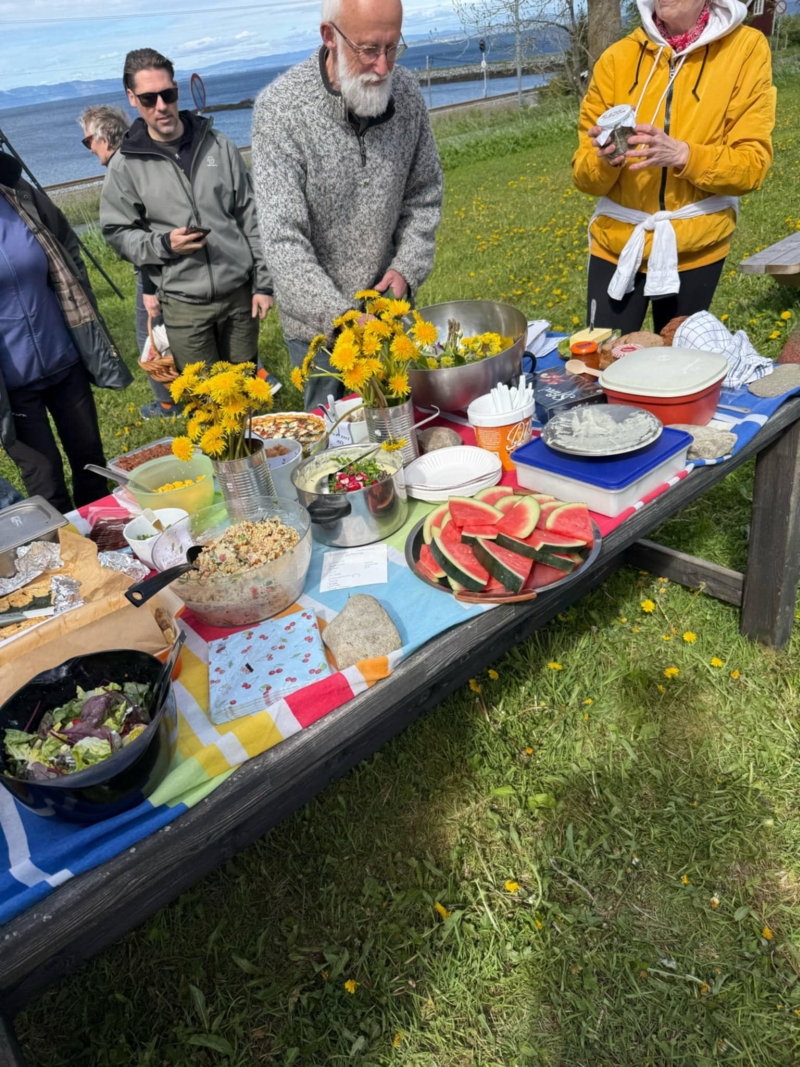
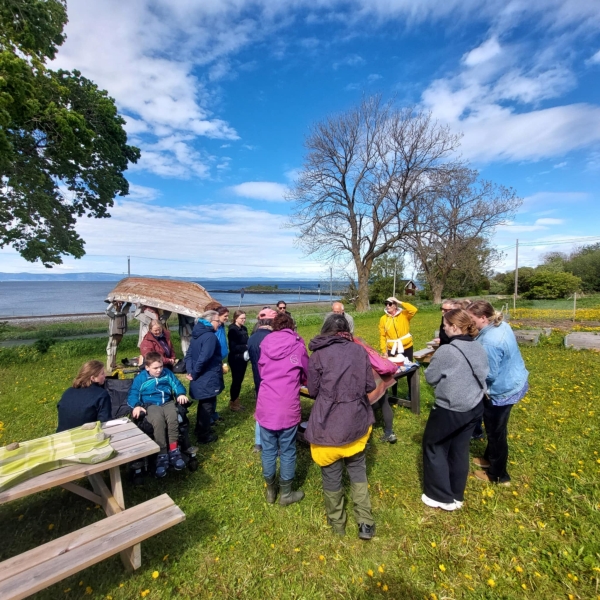




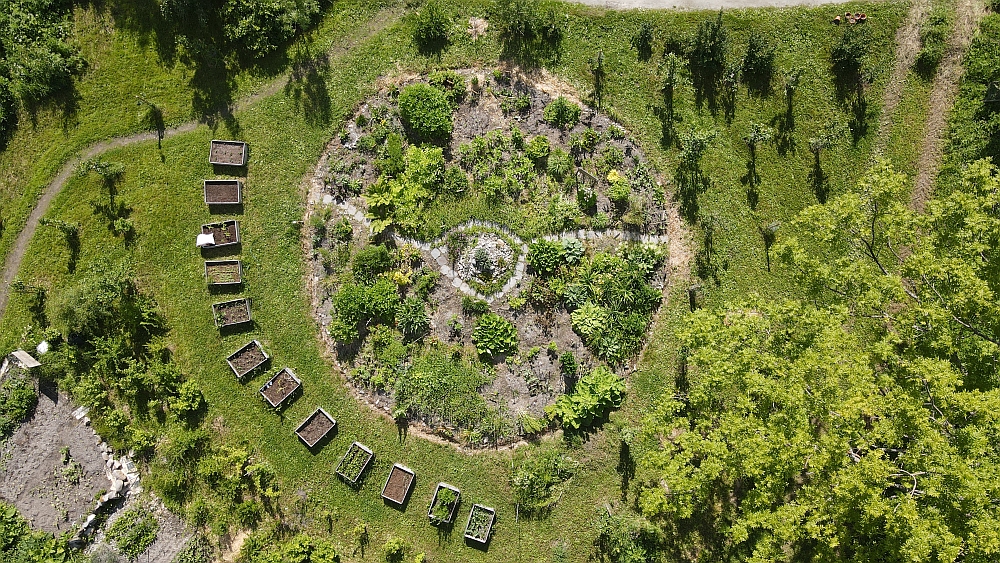

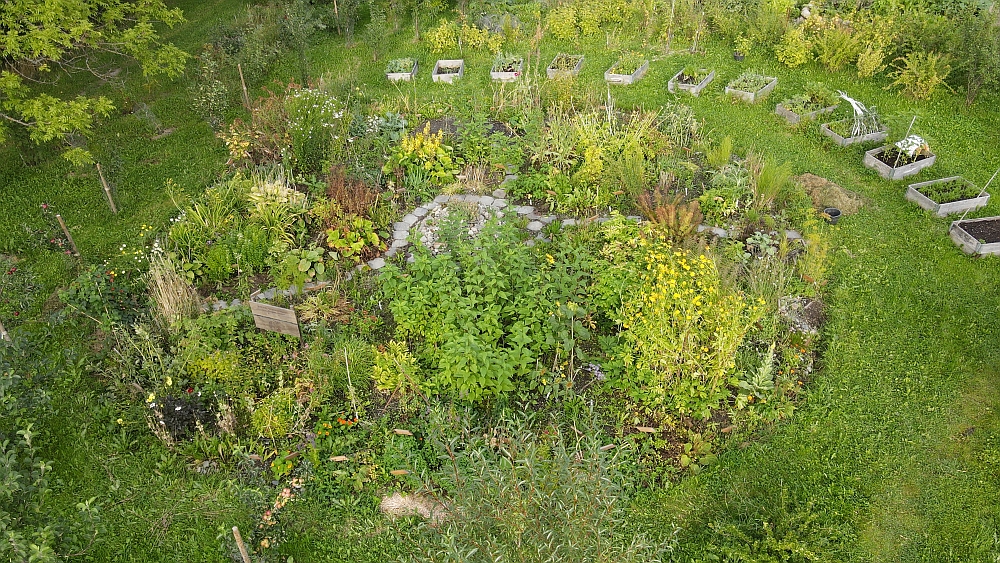





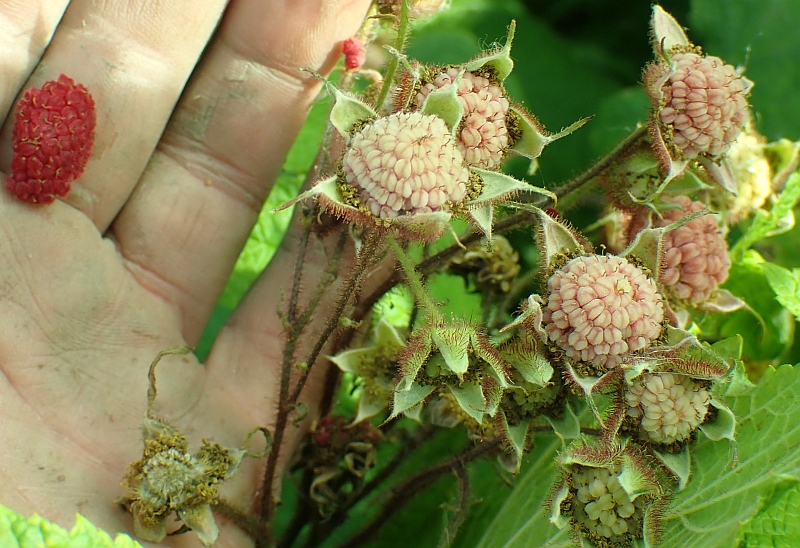















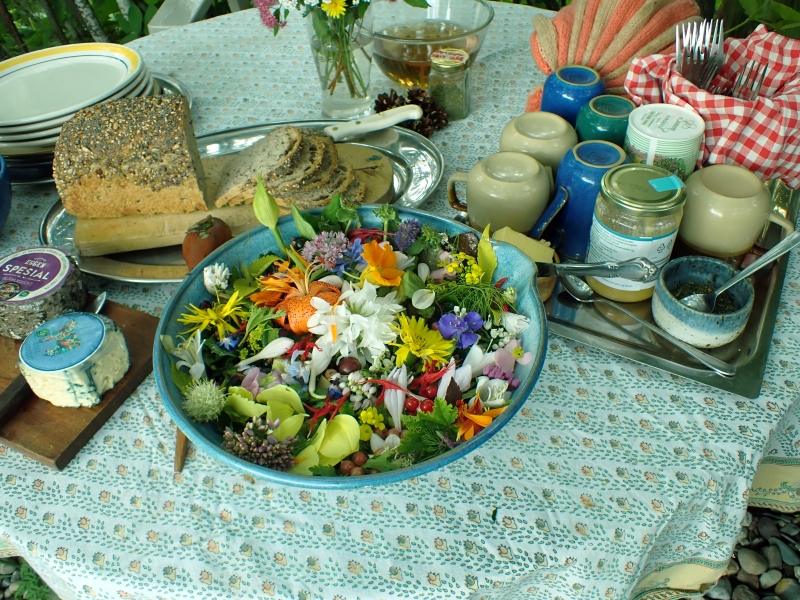 English: During 17th-19th July I was happy to be able to return the hospitality given by KVANN’s sister organisation Arche Noah (Austrian Seed Savers) during my 2 trips there in 2017 and January 2020 just before COVID hit (see https://www.edimentals.com/blog/?s=arche+noah)
English: During 17th-19th July I was happy to be able to return the hospitality given by KVANN’s sister organisation Arche Noah (Austrian Seed Savers) during my 2 trips there in 2017 and January 2020 just before COVID hit (see https://www.edimentals.com/blog/?s=arche+noah)


